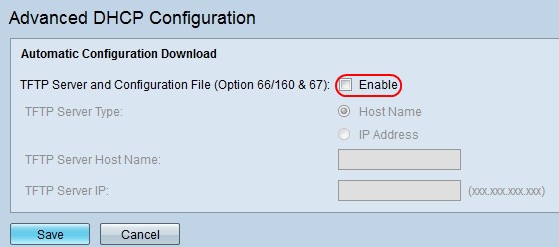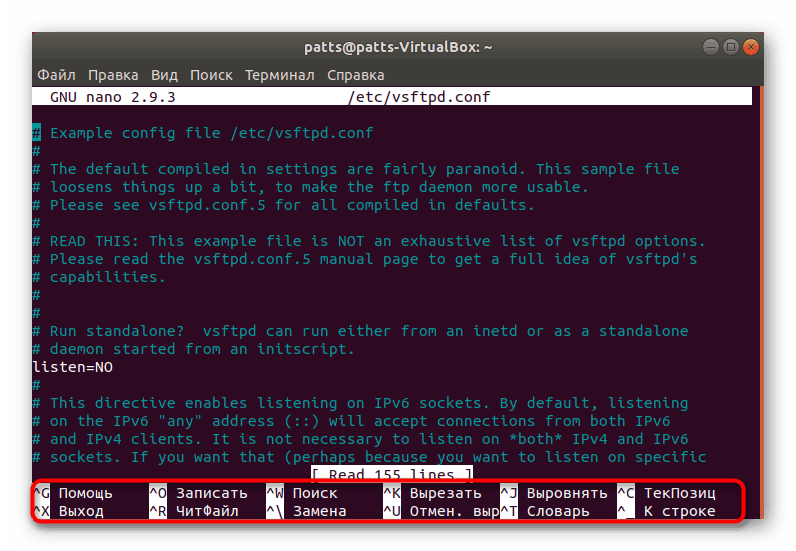

Speed up Apache by including htaccess files into nf.Set up an anonymous FTP server with vsftpd in less than a minute by George Notaras is licensed under a Creative Commons Attribution-NonCommercial-ShareAlike 4.0 International License. All the supported configuration directives for vsftpd.
Enable tftpserver anonymous how to#
Please consult the documentation of your firewall management application about how to perform this action. In the case of vsftpd, you should open port 21 or the port number you have assigned to the listen_port configuration directive. When we run a server temporarily on the desktop computer, we tend to forget to open the necessary ports on the filewall.

It is quite obvious that, despite the fact that vsftpd does not support the creation of a virtual filesystem (mainly a virtual directory structure) internally, one can be easily implemented with bind-mounts. Now, connecting to the FTP service you will notice that the contents of the pub/ directory is the CentOS installation tree. As user ‘ root‘ issue the following command: We want the contents of the DVD to be accessible through the FTP server, so we need to bind-mount the DVD contents to a directory inside anon_root. It is assumed that the installation medium has been inserted into the drive and either the system or you have mounted it, for example, to the directory /media/CentOS/. In our scenario, the installation tree of a Linux distribution is shared through the FTP service. It’s like a symlink, but at a lower level of the filesystem and that’s why you can reach locations outside the chroot jail. When bind-mounting, you mount a directory ( A) to another directory ( B) on the same or different filesystem, so that the contents of directory A appear as contents of directory B. This happens because anonymous users are restricted ( chrooted) to anon_root and, therefore, no location outside this directory is accessible using symlinks.īind mounts are the solution to this problem. Even if you created those symlinks and connected to the service using an FTP client, you would notice that you are not permitted to reach the linked location. You may wonder why you cannot just create some symbolic links inside anon_root pointing to the directories you want to share.


 0 kommentar(er)
0 kommentar(er)
